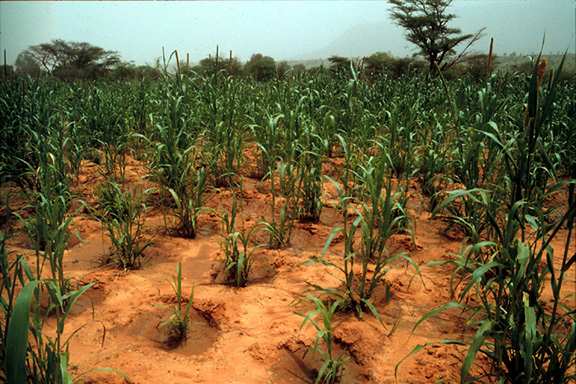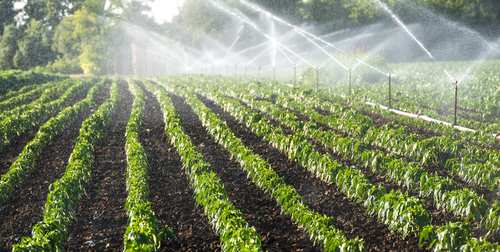Introduction
Water is a jewel for arid agriculture farmers. Rainfall being the chief source of water for cropping purposes in these areas is precious. Arid areas are characterized by very low rainfall (less than 100mm as defined by FAO) high temperature and barren land. Even after the rainfall, the rate of evaporation and evapo-transpiration from water body structures and plants is high that available water loses at a fast pace.
How Arid or Dryland are Formed?
Arid or Dryland are formed naturally. This happens when topographic, climatic and oceanographic elements create hindrances in the way of moisture-bearing weather systems to reach that zone.
Special Treatment for Arid Lands
To sustain agricultural activities and generate food and livelihoods of the farmers of arid zones, special measures are taken in each cropping activity right from sowing to harvesting and post-harvesting. However, water has central importance in this scenario and conservation of available water (through any mode of precipitation) requires special structures and techniques.
This article will highlight 5 best suited and easy to install methods of water conservation in Arid or Dryland agriculture systems.
1. Micro or Drip Irrigation
This is the most effective and efficient way of water conservation technique suitable for arid lands. Not only this method helps in water conservation, but it also help in soil conservation. In this method, water is delivered to plants from soil surface using a system of tubes that bear small holes and other destructive outlets. This method also allows the application of fertilizer by mixing it with irrigation water through Drip irrigation. It has been estimated that drip irrigation saves 50-70 percent water as compare to traditional methods of irrigation and also it supplements more crop production by 20-90 percent due to direct availability of fertilizer to plants.

2. Zai Pits
Another efficient method of water conservation in arid agriculture systems is Zai Pits. These planting pits are made around the plants and trees to conserve water and moisture. The pits are prepared with hands. The excavated soil generated during digging is used to make small ridges around the pits. This helps in capturing maximum rain water. Usually these are 10 inches deep and wide and 3 feet apart (25cm x 25cm holes one meter apart). The objective is to trap rain water to increase moisture around the plant. It also aids in increasing soil fertility especially in dryland or arid regions where occurrence of crusty and degraded soil is common. These pits are then planted with a mixture of crop residues, compost, animal manure and seeds. These are then covered with mulch made of leaves or grass to conserve moisture. This simple looking technique can increase the agriculture produce by 50 percent within three years of practice.













